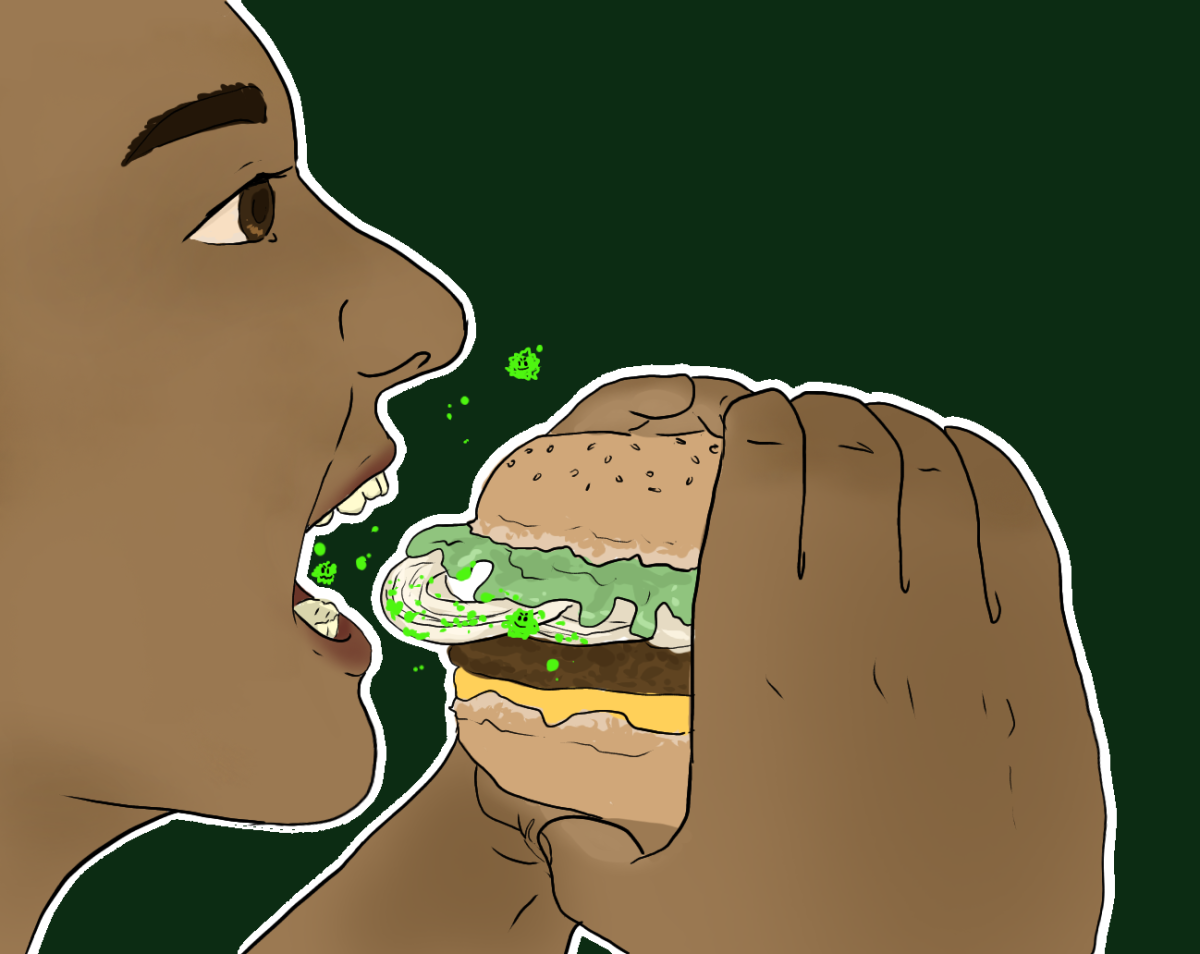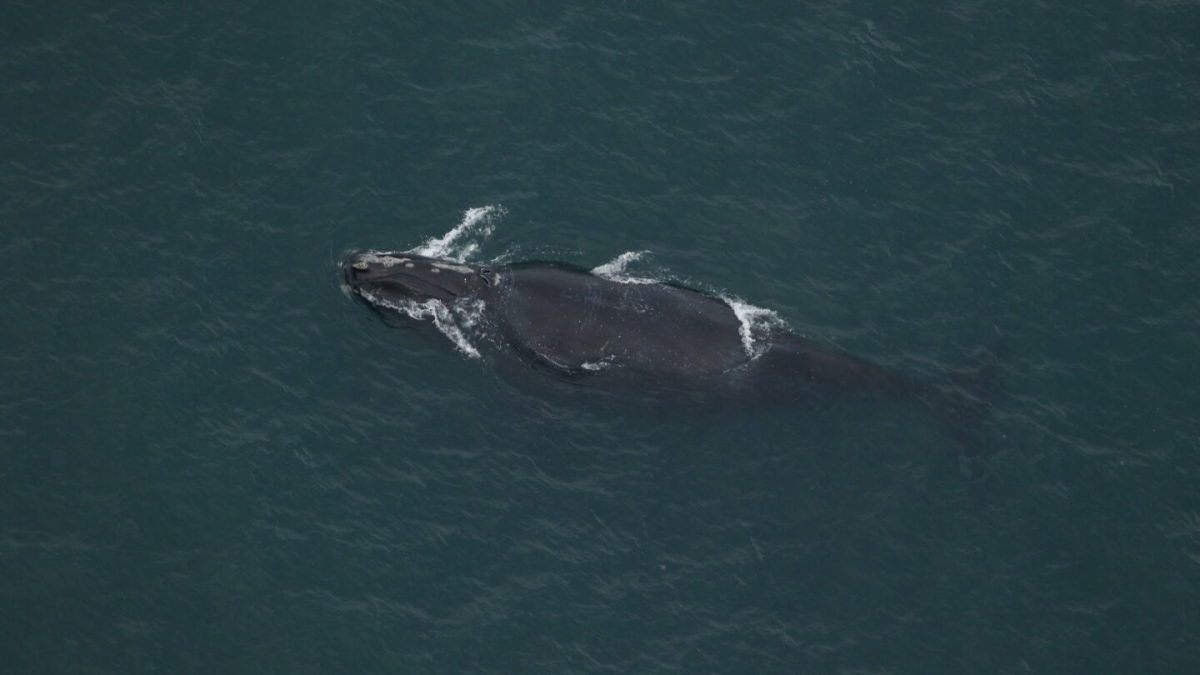McDonald’s continues to battle with Escherichia coli (E. coli) outbreaks, with the first one occurring in 1982. As of October 21, 2024, another surge unfolded within the onions of the company’s burgers. Since the latest report, the number of E. coli cases has increased to 87 around the U.S., which worries McDonald’s lovers each day as the disease continues to spread.
Since E. coli began spreading in the McDonald’s franchise, the disease has affected 14 states. The McDonald’s E. coli outbreak is linked back to their Quarter Pounders, which caused at least 104 people to fall ill, 34 to be hospitalized, and one to die. An abundance of cases appeared from the North, but as time passed, cases increased around the U.S.
This incident remains neither the first foodborne outbreak that Mcdonald’s has faced nor the only restaurant to experience an outbreak. McDonald’s first major encounter with E. coli appeared in 1982 when 47 people in Oregon and Michigan became ill after eating burgers from the restaurant. Over 40 years later, the bacteria returned and caused waves in the U.S. food system. The return of this disease puts people in danger of a bacteria that could cause kidney failure and long-term harm.
With updated knowledge, neither the beef patty nor the lettuce — common sources of E. coli outbreaks — came back positive as the source of the outbreak. Instead, the silver onions with traces of E. coli possibly originated in a facility where the vegetable contracted the disease. Outbreaks in produce typically occur from contamination from nearby concentrated animal feeding operations. Dust particles can land on fields of lettuce, for example, or contaminate irrigation canals. According to the U.S. Centers for Disease Control and Prevention (CDC) the silver onions on top of the burgers, mainly in McDonald’s Quarter Pounders, caused the outbreaks of the ones sold in the states. After ruling out the beef patties from the cause of the outbreak, the Quarter Pounder emerged back on the menus in roughly 900 locations. The areas that received orders from the source implicated in the outbreak now receive onions from a different supplier.
“I have heard about the E. coli breakout. This incident is not very good for their reputation but people are still going to eat there because it’s McDonald’s and people aren’t just going to stop going. I feel like people can choose if they want to continue eating there because some people have different views on this situation, so they should continue going to McDonald’s and ignore the incident if they choose to. I will continue to eat there because I never eat the onions anyways, so of course,” magnet sophomore Chloe Bettis said.
When the E. coli outbreak began, McDonald’s visits dropped 6.4% across the country. As the days passed, sales increased and now only 10% of customers stay away from McDonald’s completely. The company believes the darkest hour exists behind them, and now strategizes how to win back customers. McDonald’s plans to rely on its five-dollar meal promotion, while also shifting food advertisements to emphasize the safety of its food.
“I have recently heard about the E. coli breakout that happened recently, and I don’t believe I can no longer trust McDonald’s as a fast food source. After the breakout, I think people should stop eating there permanently. Since it’s in the onions, I would not feel safe eating there or advise anybody else to,” sophomore Sade Millian said
As McDonald’s tries to ease its reputation away from this most recent E. coli incident, the number of cases continues to increase but not as rapidly as when it first began. The company strives to use methods that refrain from future occurrences, especially since it has happened multiple times. To protect the array of states that unfortunately experienced this outbreak, McDonald’s plans to put their customers’ safety first before serving possibly contaminated food.

















